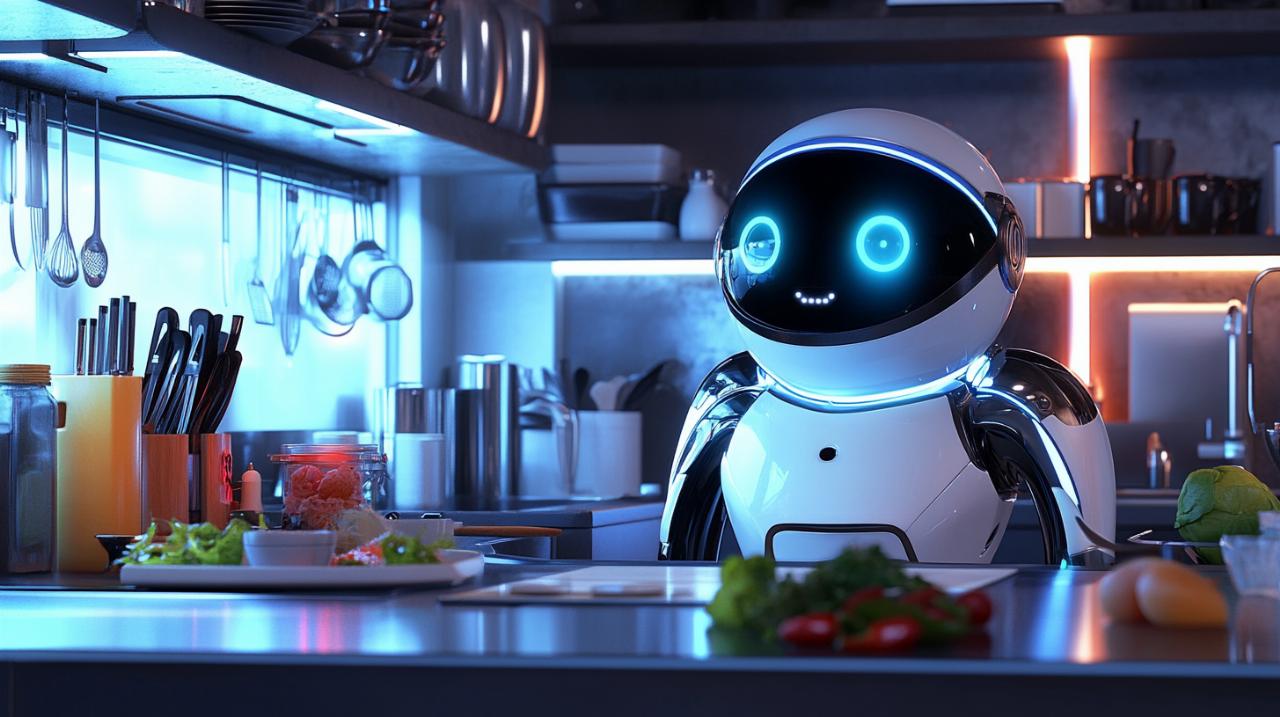The modern kitchen has become a hub for innovation, where tradition meets technology in the most delightful ways. For those who relish the idea of simplifying daily meal preparation whilst maintaining quality and flavour, a kitchen robot can be a transformative addition. These versatile appliances promise to chop, blend, stir, and cook with minimal intervention, allowing you to focus on the pleasures of dining rather than the labour of cooking. Yet with such a vast array of models and features available, selecting the right one requires careful thought and an understanding of your unique culinary habits.
Understanding your kitchen robot requirements
Identifying your primary cooking tasks
Before committing to any purchase, it is essential to reflect on the tasks you most frequently undertake in the kitchen. If your daily routine revolves around baking bread, whipping up cakes, or preparing pastries, then a model with robust mixing capabilities and a range of speeds will serve you well. On the other hand, if you find yourself preparing soups, sauces, and stews, a robot chef with powerful heating capacity and precise temperature control becomes indispensable. The best kitchen robot advice often begins with this simple question: what do you need it to do? By clearly identifying your primary cooking tasks, you can narrow down the options to those that truly align with your lifestyle.
Many kitchen robots on the market today offer a comprehensive suite of functions, from blending and chopping to weighing and even pressure cooking. Such versatility can be incredibly appealing, yet it is worth considering whether you will genuinely utilise all these features. For instance, if you rarely experiment with complex recipes or prefer quick, straightforward meals, an entry-level model with basic functions might suffice. Conversely, if you enjoy culinary experimentation and wish to explore everything from batch cooking to precision cooking, investing in a higher-end model with advanced automation and a touchscreen interface could prove worthwhile. The key is to balance ambition with practicality, ensuring that your chosen appliance complements rather than complicates your cooking routine.
Assessing your kitchen space and power needs
Space is often an overlooked factor when selecting a kitchen robot, yet it can make or break your experience with the device. Before you buy, measure the area on your work surface where the appliance will reside. Professional models, which boast jugs with capacities ranging from two to four and a half litres, can be quite substantial. If your kitchen is compact, a smaller model might be more appropriate, even if it means sacrificing some capacity. Remember that these devices are not only tall but also require clearance for opening lids and adding ingredients, so consider both horizontal and vertical space.
Power is another critical consideration. A motor with at least five hundred watts is generally sufficient for everyday tasks, but if you plan to tackle tougher jobs such as kneading dense dough or grinding hard spices, you may want to look for professional models that offer between fourteen hundred and two thousand two hundred watts. Heating capacity is equally important, with most high-quality machines providing nine hundred to one thousand watts for even and efficient cooking. Some models can reach temperatures up to one hundred and forty degrees Celsius, ensuring that everything from delicate custards to hearty casseroles can be prepared with confidence. By understanding both the physical footprint and the power requirements of your potential purchase, you can avoid common pitfalls and ensure a seamless integration into your kitchen.
Evaluating features and practicality
Exploring available attachments and accessories
The charm of a kitchen robot lies not only in its core functions but also in the accessories that extend its capabilities. Steamer baskets, ingredient dispensers, extra jugs, and specialised blades or spatulas can transform a good appliance into an exceptional one. When comparing models, take note of what is included in the box and what must be purchased separately. High-end options often come with a generous array of attachments, whilst budget models may require additional investment to unlock their full potential.
Material quality is another aspect that deserves attention. Stainless steel components are prized for their durability and ease of cleaning, making them a popular choice in professional models. It is also wise to ensure that all accessories are free from BPA, a chemical commonly found in plastics that can pose health risks. The Taurus Mycook Touch WiFi, for example, is crafted entirely from stainless steel, offering both longevity and peace of mind. Built-in scales, as featured on machines like the Cecotec Mambo 12090 or Flama Cookii, add a layer of convenience by allowing you to weigh ingredients directly within the jug, eliminating the need for separate measuring tools. Such thoughtful design elements can significantly enhance your cooking experience, turning routine tasks into moments of efficiency and precision.

Reading user reviews and setting your budget
In the digital age, user reviews offer invaluable insights into the real-world performance of kitchen robots. Platforms such as Amazon and specialist kitchenware retailers are treasure troves of honest feedback, where customers share their triumphs and frustrations alike. Pay particular attention to comments regarding ease of use, reliability, and customer support, as these factors often determine long-term satisfaction. The ChefRobot Ultracook, for instance, has garnered praise for its intuitive interface and efficiency, making it a favourite among those new to culinary automation.
Budget is, of course, a decisive factor. Prices for kitchen robots can range from as little as one hundred pounds to well over fifteen hundred pounds, depending on the brand and features. Entry-level models, priced between three hundred and five hundred pounds, are ideal for beginners who wish to explore the benefits of a cooking robot without a significant financial commitment. Mid-range options, falling between five hundred and one thousand pounds, typically offer advanced features and preset recipes that cater to the needs of enthusiastic home cooks. High-end models, exceeding one thousand pounds, boast smart integration, WiFi connectivity, and guided cooking, making them suitable for professionals or serious culinary enthusiasts. The Thermomix TM6, with its extensive recipe library accessible via Cookidoo subscription, sits at the premium end of the spectrum, costing around fourteen hundred and ninety-nine pounds. Meanwhile, the Mister Smart Kitchen from Lidl offers remarkable value for money at approximately three hundred and ninety-nine pounds, though it may lack the premium finish and motor power of its pricier counterparts.
When setting your budget, consider not only the initial purchase price but also the long-term value. A well-chosen kitchen robot should last between five and ten years, providing countless hours of reliable service. Factor in the cost of potential accessories, warranty coverage, and customer support, all of which contribute to the overall investment. Top brands such as Thermomix, KitchenAid, Magimix, and Kenwood are renowned for their quality and reliability, often justifying a higher price tag with superior performance and durability. By balancing your financial constraints with your culinary aspirations, you can select a model that offers both practicality and pleasure.
Finally, do not underestimate the importance of cleaning and maintenance. Opt for a machine with detachable parts that are easy to wash, as neglecting this aspect can lead to frustration and diminished enjoyment. Regularly cleaning your appliance after each use will not only prolong its lifespan but also ensure that every meal is prepared in hygienic conditions. Common mistakes include failing to measure kitchen space accurately, selecting an incorrect size, or neglecting proper cleaning routines. By being mindful of these details and heeding the best kitchen robot advice available, you can embark on a culinary journey that is as efficient as it is enjoyable.

